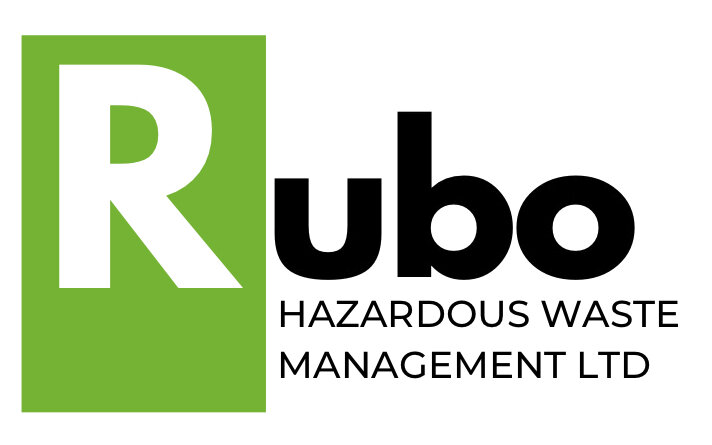Taming the Flames: Handling Flammable Hazardous Waste in Accordance with HSG51
In the intricate world of hazardous waste management, flammable substances stand as a unique challenge. The Health and Safety Executive's (HSE) guidance document, HSG51: The Storage of Flammable Liquids in Containers, serves as a compass for safely managing these volatile materials. In this blog post, we embark on an illuminating journey to explore the significance, key principles, and practical applications of HSG51 in the context of flammable hazardous waste management.
Understanding HSG51: The Storage of Flammable Liquids in Containers:
HSG51 is a comprehensive guide designed to ensure the safe storage of flammable liquids in containers. It provides invaluable insights into mitigating risks, preventing accidents, and protecting both personnel and the environment.
Key Principles of HSG51:
Risk Assessment: HSG51 highlights the importance of rigorous risk assessment to identify potential hazards associated with the storage of flammable liquids.
Storage Configuration: The document emphasizes proper storage configuration, including adequate ventilation, segregation from incompatible materials, and minimizing ignition sources.
Containment Measures: HSG51 outlines measures to prevent leaks, spills, and vapour emissions, including the use of approved containers, bunds, and secondary containment systems.
Emergency Preparedness: The guidance stresses the need for emergency response plans, ensuring swift and effective actions in case of spills, fires, or leaks.
Applying HSG51 to Flammable Hazardous Waste Management:
The principles laid out in HSG51 extend seamlessly to the realm of flammable hazardous waste management. By adhering to its guidelines, industries can significantly reduce the risks associated with storing and managing flammable substances.
Promoting Safety, Value, and Environmental Protection:
Personnel Safety: Implementing HSG51 principles safeguards workers from potential fire hazards and toxic exposures.
Environmental Protection: Proper flammable waste storage prevents spills, leaks, and contamination, ensuring the preservation of ecosystems.
Regulatory Compliance: Following HSG51 guidelines helps businesses comply with regulations, avoiding legal and financial repercussions.
Our Commitment to Responsible Flammable Waste Management:
At Rubo - Hazardous Waste Management Ltd, we prioritize safety and environmental protection in the management of flammable hazardous waste. Our team adheres to the principles of HSG51, ensuring that flammable substances are stored and managed responsibly.
Seeking Expertise and Compliance:
If you have inquiries about HSG51 or need assistance in implementing safe flammable waste storage practices, reach out to us. Together, we can navigate the complexities of hazardous waste management, fostering safety, value, and environmental sustainability.
